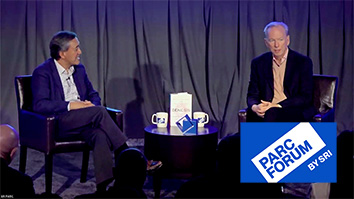Citation
Schwartz, D. E.; Whiting, G. L.; Ng, T.; Smith, C.; Ganguli, A.; Beck, M.; Kor, S.; Kim, B.; Meyyappan, M. Printed Gas Sensor Network for Methane Leak Detection. CH4 Connections 2015.; The Woodlands, TX USA. Date of Talk: 2015-10-06
Abstract
PARC is developing a low-cost, high-performance natural gas leak detection system based on printed nanomaterials. The system uses distributed arrays of chemical sensors containing variously-modified carbon nanotubes to achieve high sensitivity and high selectivity for methane and other components of natural gas, as well as potential interfering gases. An initial selection of target gases includes methane, other low-molecular-weight alkanes, and hydrogen sulfide, among others. Selectivity will be achieved through advanced pattern-matching algorithms. Sensitivities down to 1 part per million (1 ppm) for methane and other gases are expected to be possible. Previous work by partner NASA Ames Research Center has shown sensitivities in the part per billion (ppb) level with similar sensors for some gases. The sensors can achieve extremely low cost through print manufacturing. PARC is a global leader in printed electronics and hybrid flexible electronics systems. Based on preliminary estimates, costs as low as $10/sensor should be achievable, with sensor lifetime targets of least one year. Leak localization and leak rate estimation will be accessible with physics-based probabilistic modeling supported by computational fluid dynamics simulations of gas plume formation. The sensor system also includes wireless communication electronics for remote readout and data analysis. The sensor system can be broadly applied at gas wells, distribution systems, refineries, and other downstream facilities. It also can be utilized for industrial and residential safety applications, and adapted to other gases and gas combinations. An overview of the project, system design and material considerations, as well as recent technical results will be presented.


